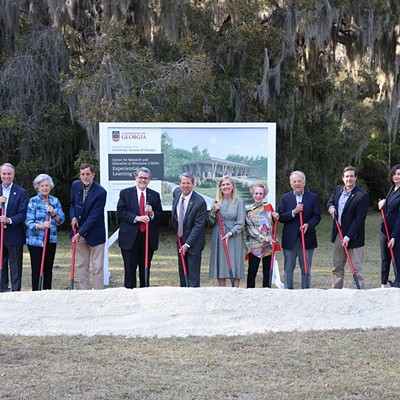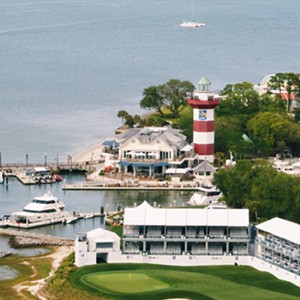Sunday in the woods at Wormsloe
With only four hours set aside for Super Museum Sunday this past weekend, it was important to choose wisely from among the 39 cultural sites opening their doors free-of-charge for the annual museum showcase.
Any of these attractions would be a worthwhile way to spend an afternoon, but which would be best for my peculiar, conflicted mood? Sunday’s cloudless sky and mild temperatures held out the promise of springtime, pulling the body outdoors and easing, if just a bit, the spiritual cloud shared by most of the city, brought on by Thursday night’s sugar refinery tragedy.
That call of the wild plus a curiosity for something new compelled me to head toward Wormsloe Historic Site on Isle of Hope, rather than return to one of many favorite and praiseworthy downtown museums.
Despite living nearly 30 years in Savannah, Sunday was my first trip down the mile long, tree lined drive off Skidaway Road, the desire for the trip fueled more by a vague hunch about what Wormsloe offers to visitors than by any facts. The photos I’ve seen of the place are all variations of the same classic image of oak trees arching over the road. I knew that old Georgia families with names like Jones, Wymberly, DeRenne and Barrow had an association with the property.
There was plenty to see and plenty to learn at Wormsloe on Sunday. A late 20th century interpretive center offers a 15-minute film that put most of the Wormsloe information into familiar context. My “curiosity for something new” wasn’t exactly satisfied, since it turns out that Noble Jones, the original owner of Wormsloe, was one of those first 114 colonists who arrived with James Oglethorpe on the ship Anne in 1733, a fact that I somehow never absorbed despite living here for two thirds of my life. I also never figured out that Jones, Wymberly, DeRenne and Barrow weren’t old Georgia families, they were all one family--various branches of a singular Noble Jones tree.
Heading out from the interpretive center is a one mile nature walk that loops through undisturbed woods of live oaks, magnolias, and cabbage palms, with footbridges traversing tidal wetlands.
On Sunday, Colonial reenactors had settled in for a living history demonstration in a spot designed for such entertainment. The menfolk spent the afternoon loading and firing their muskets, next to a replica of an early settler’s shelter and garden, while across a clearing, women and children played colonial games next to an old-timey tent, chatting with 21st century onlookers.
The circular nature trail continues from the colonial village area along the marsh edge toward the tabby ruins of the Jones family’s first house. Despite dozens of Sunday afternoon visitors the wildness of the land quickly swallowed up anyone that passed by, including two illegal bicyclists, and the noisy quiet of the breeze rustling the palmetto leaves almost covered the reenactors’ musket fire that repeated through the afternoon.
The museum people must have made a deal with the gnats, which were uncharacteristically absent on Sunday. Those gnats have a history at Wormsloe, even earning a mention in a colonist’s diary in the interpretive film--a historic detail that all of us visitors were happy to pass up.
From the ruins of the Jones house, now a few falling down tabby walls dating from the mid 1700’s, the nature trail circles to the site of the first Jones family burial plot. The temporary nature of humankind’s hold on the Earth was evidenced by the lichen forming on the cross shaped vault.
Many new things to experience transcended the human history of the site. Decomposing logs lay alongside the footpath, twisting open as they decay, new shoots growing up beside them. A skinny pine barely as thick as a baseball bat, covered in crusty gray bark, stretching 15 feet tall or higher, its spindly twigs with green needles brushing against a branch of a larger, sturdier water oak. The low tide, muddy smell of the marsh; the thickness of leaves and springy earth of the trail that without fanfare changes to white sandy soil; the hard clear brightness of the afternoon February sun.
Turns out none of these things is new at all. They’ve been right here since long before the Jones family arrived from England, long before the land was turned over to the state of Georgia, long before anyone needed a super Sunday as an excuse to go outside and see that there really is nothing new under the sun. 
Wormsloe State Historic Site is located at 7601 Skidaway Road on Isle of Hope.
Information: (912) 353-3023.



























